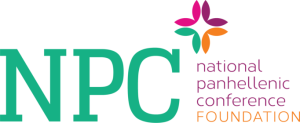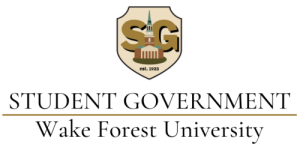Writing emails proves most valuable professional skill
Writer, Haleigh Cadd, describes the process of effective communication via email
January 28, 2021
In a virtual world, communication has become more challenging for students whose opportunities to connect 1:1 with professionals in their goal-industry. For instance, job fairs aren’t happening, and the first impression students used to be able to make can’t happen, either.
That is, unless you can convince the professional that you’re a superstar right off the bat in your initial email to them.
Thus, here are a few golden rules that can guide your email creation–regardless if you’re sending a ‘Hello’ email to potential employer or a ‘I need answers right now’ email to a professor or staff member at Wake. These are things I’ve absorbed from Jodi Glickman’s book Great on the Job, as well as based on my experiences in my internships.
Write the email like a journalist would
This basically means to use correct punctuation and split your eight-sentence paragraphs into smaller chunks. Smaller chunks allows for easier readability–and correct punctuation lends itself to polished professionalism.
Use the ‘Schedule Email’ Button
You know what’s really impressive? A student who sends emails at 8:00 AM in the morning.
First, the email is read, not responded to, then forgotten altogether by the next working day by the reader. Second, the email is buried by the next batch of emails the recipient gets the next morning and my intern email is lost or moved down the email queue.
If my email is sent then forgotten, I then have to send a nudge email–which gets annoying if I have to do it over and over to multiple people for multiple emails.
Instead, what I could have done is schedule the email to be sent to the recipient at 8:00 AM–or 9:00 A.M. Either way, the key is to get the email at the top of the recipient’s inbox so that when they logon, it’s the first email they see.
Use this structure: Greeting, Punchline, Details, Move Forward
Hi, Tamara!
I hope you’re doing well. Thank you for sending along the job description–I’m very excited about this opportunity. (Greeting)
When you have a couple of minutes in the future, can I ask for fifteen minutes of your time to talk about the weekly hours I’ll be expected to work this summer? (Punchline)
I’m also taking summer school and just want to make sure that my classes don’t interfere with my work schedule. (Details)
I’ll send a Zoom link if that’s preferable, just let me know what days are best for you to chat. (Move forward)
Thank you,
Marc
Here’s the reasoning for this structure: People, in general, don’t read every word of every email. Your email needs to be concise while also giving all of the needed information.
Like many people who enjoy writing, I used to bury the punchline in a paragraph of details. However, that meant that I was forcing people to look for the point of my email, aka skim it and miss crucial information I was including.
In other words, they got bored more quickly. By putting the point of the email–the punchline–at the beginning, you’re giving the reader a clear snapshot of what you want.
Also, by segueing into the details following your punchline, you’re outlining the why and what of your email. This will give the reader context and a larger story, allowing them to help you get the information or response you need.
Finally, by providing a ‘move forward’ statement in your email, you’re both taking the initiative on the next steps, as well as moving the process forward.
As a student who has classes, internship applications, extracurriculars and meeting on your plate–regardless of COVID–I’m sure most of us can agree that moving forward is the best next step in any email. A 4:58 PM email to the registrar’s office, anyone?














Talk to Walle • Jan 28, 2021 at 12:45 pm
This four-step structure is a good basis for writing a concise and interesting email. In fact, there is something to it – a student writing an email at 8 am is something unusual.